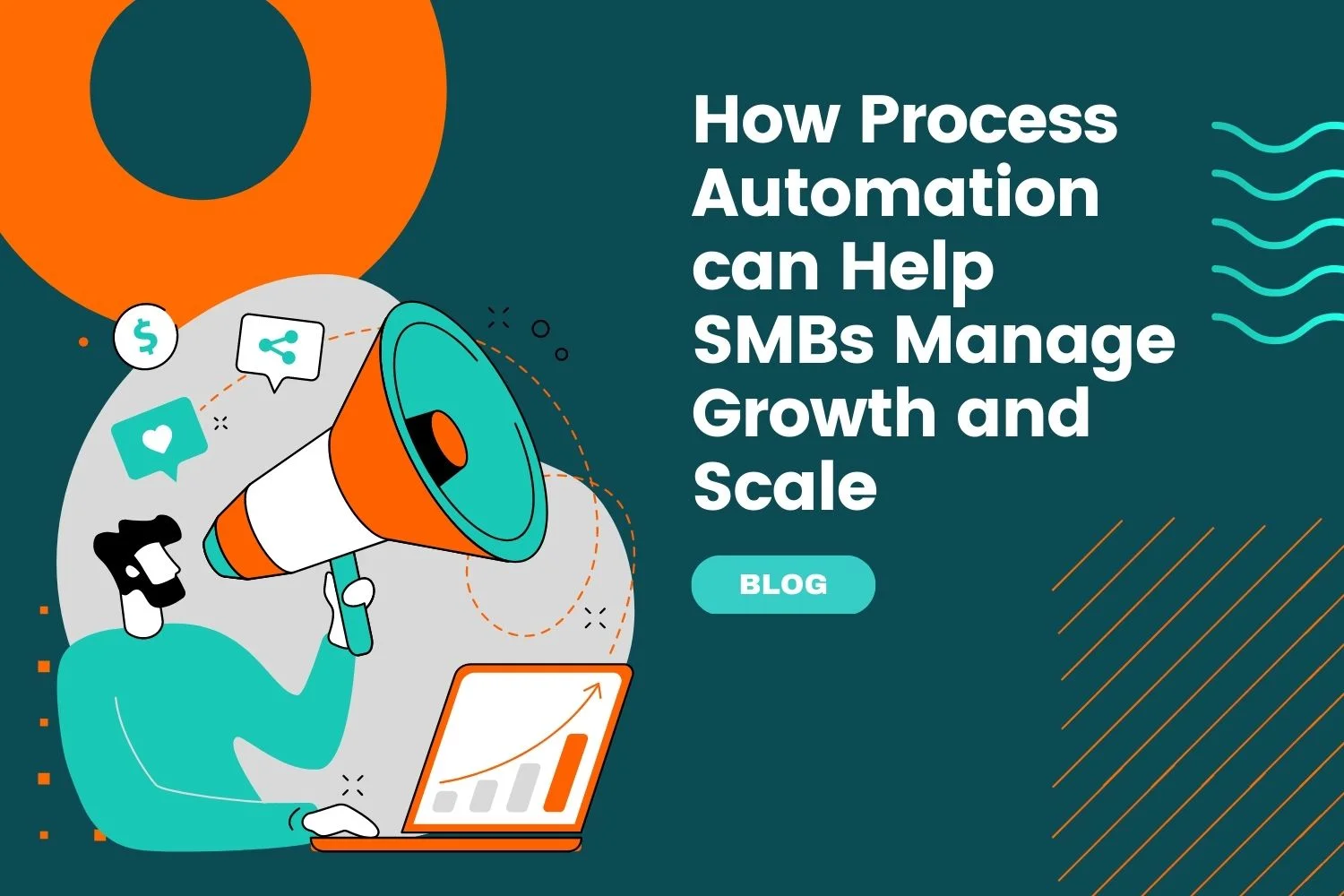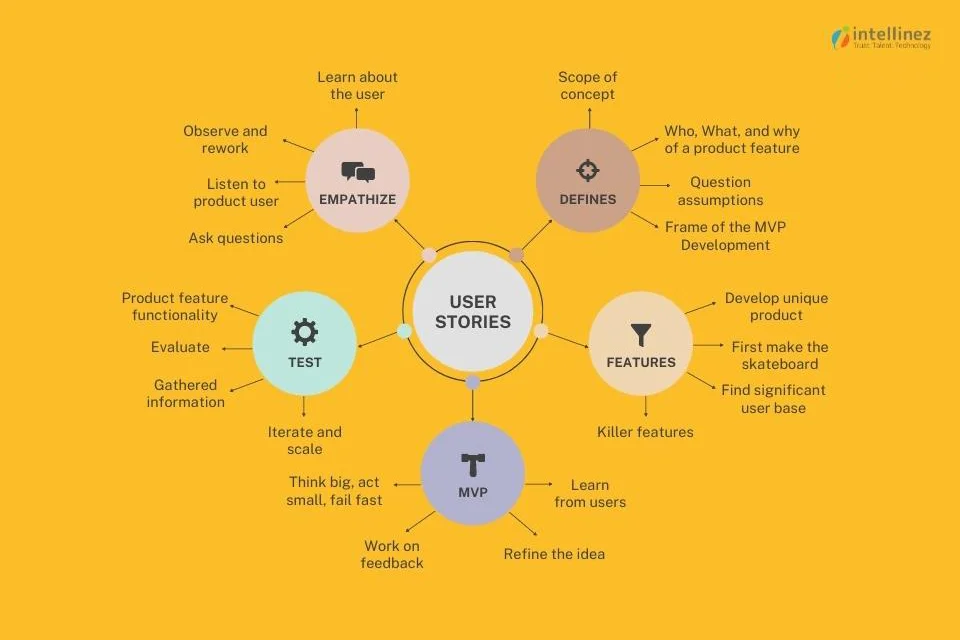Manual Testing vs Automated Testing
Manual Testing vs Automated Testing: Chapter 1
What is Software Testing?
Software testing is one of the most important parts of the software development process. It is a procedure for assessing the performance of a software program. The goal of testing a software or an application is to determine whether there are any issues that need to be addressed so that the software meets the defined standards before it is distributed to the public. The two most common testing methods employed by software testers are Manual testing and automated testing.
Manual Testing vs Automated Testing: Chapter 2
What is Manual Testing?
During Manual Software Testing, the Quality Assurance (QA) engineers perform all of the tests manually. It involves the identification of test cases and the creation of test reports in order to ensure that all of the essential software functionalities are working properly. In Manual testing, a tester uses the software like an end-user and tries to break applications by putting them in unexpected scenarios.
It is the most basic testing technique as the tester has to run test cases manually to detect defects and bugs without the use of automated technologies. For example, a tester may use a smartphone to test various aspects of the app, such as functionality, performance, and design, by clicking through multiple elements. Manual testing usually takes more time and work when compared to automated testing but produces accurate visual feedback and better results. A manual tester needs to be creative.
Advantages of Manual Testing
- It enables quick and accurate visual input during the testing process.
- It is less expensive because automation equipment and processes are not required.
- Human intuition and judgment are critical variables that produce the greatest outcomes and can even find variables they were not “coded” to find.
- It’s pointless to use automated testing for a minor change. Your team would have to code the automated test first, which could take some time. It will be much faster to test it manually.
- Programming knowledge is a must in automation, but there is no need for programming in manual testing.
Disadvantages of Manual Testing
- This sort of testing is prone to faults and mistakes because it relies on humans.
- Because the manual testing procedure cannot be recorded, no tests can be reused.
- Certain activities in manual testing may be difficult to complete and take extra time during the software testing phase, lengthening the total development process.
- Manual testing is not appropriate for all forms of testing, such as stress testing.
- Manually testing a complex chain of automated events can be extremely difficult, if not impossible.
Manual Testing vs Automated Testing: Chapter 3
What is Automated Testing?
The use of robust testing tools and scripts to run software tests through recurring pre-defined operations is known as automated testing. In order to automate the execution of tests, automated testing relies on code and test scripts generated by testers. Testers employ automation tools to assist them in writing scripts and evaluating software.
Automated testing is based on pre-scripted tests that run on their own and compare expected and actual findings. This helps testers in determining whether or not an application performs as planned. Automated testing enables testers to perform a large number of repetitive activities and regression tests without having to do any manual labor. Automated testing still necessitates some manual labor in the beginning, particularly during the preparation of the test script.
Advantages of Automated Testing
- When compared to human testers, automated testing help teams identify more errors faster.
- Tests that are automated can be documented. This implies you’ll be able to reuse and run the same tests in the future.
- Automated testing boosts development productivity by delivering quick and accurate results.
- An automated testing script can be used on a wide range of applications.
Disadvantages of Automated Testing
- Because this form of testing does not include humans, it may be difficult to gain insight into the visual aspects of the applications, such as sizes, contrast, buttons, or colors.
- Automation tools are typically extremely costly, and they may raise the cost of a development project.
- Automation testing is not without flaws. Every automation technology has restrictions that limit the amount of automation that can be done.
Manual Testing vs Automated Testing: Chapter 4
What Factors Decide which Type of Testing is Required for a Project?
Size of the Project
If the size of the project is large and complex, then automation is the best option, but if the size of the project is small, then manual testing is the best option.
Project Budget
If the budget of the project is small, then manual testing is the best option as Automation testing is costly.
Resource
If the number of human resources is less, then automation is the best option as an investment in human resources is required when it comes to manual testing.
Scope of repetition
if a scenario needs to be tested repeatedly, automated testing should be used, as it reduces human efforts and increases efficiency as compared to manual testing.
Test Depth
If a tester wants to test the size and clarity of the image, it can’t be done through automation. Here, manual testing shines.
Time on hand
The time period available to the tester also plays a big role. If the time is less and a testing script already exists, automation testing is a better option.
Types of Test Case
Automation Testing is suited for Regression testing, Performance testing, Load testing or highly repeatedly functional test cases, whereas manual testing is well fitted for Exploratory, Usability unit testing. It should be performed where AUT (Application Under Test) changes frequently. Performance tests like Load testing, Stress testing have to be tested by an automation tool compulsorily, as these tests cant be performed with manual testing.
Conclusion
Both automated and manual testing have their own advantages and disadvantages and are the most suitable in their specific use cases. Manual testing is more exploratory in nature and can help identify visual bugs and errors. While automated testing can help audit large applications where repeated testing and analysis are required. At Intellinez, we specialize in both kinds of testing and can help you ensure that your software surpasses international quality standards. Contact us today to get a free consultation and quotation.
Software Testing Services
With Our expertise in Manual and Automated Software Testing, we can audit your application to ensure an error-free and fully optimized experience on all kinds of devices and platforms. We also specialize in SaaS Development, UI/UX services, QA Testing, System Integration and API Development.










































![A Comprehensive Guide to AWS SaaS Architecture [Diagram Included] 87 Aws SaaS Architecture](http://www.intellinez.com/wp-content/uploads/2024/08/Title-image.jpg)





























































































